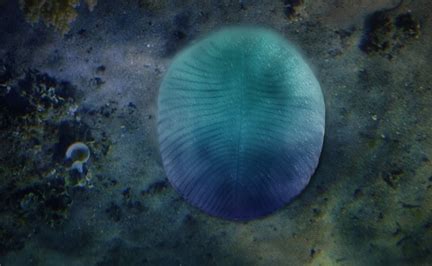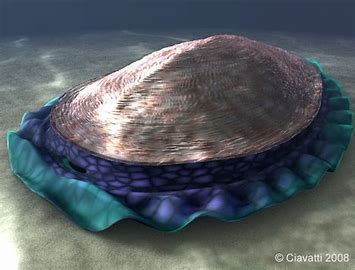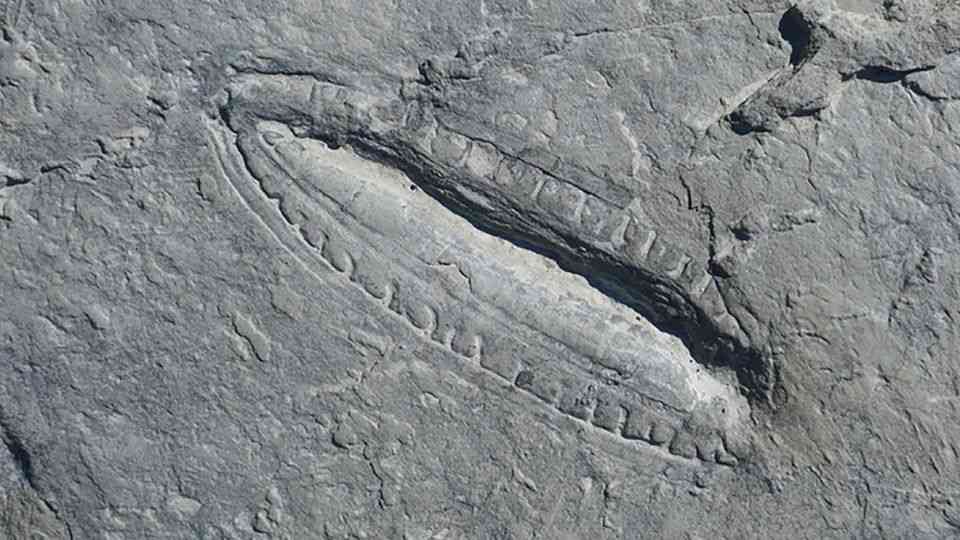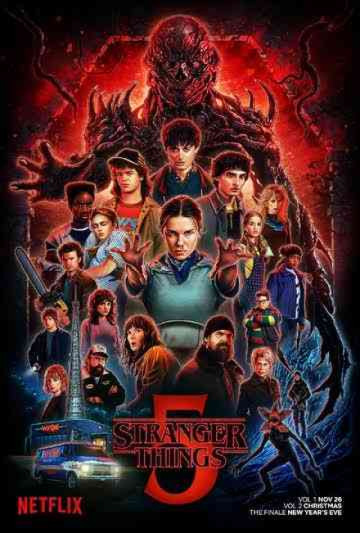Scientists have discovered the “world's oldest meal” in Russia which dated back to 550 million ago inside an ancient fossil.
Bringing light on how our early ancient animal ancestors survived. Which also included bacteria and algae.
The ancient Fossil which was from the Ediacaran period, Dickinson specie was discovered in Russia in the year 2018 and was analyzed by a scientist from the Australian National University (ANU).
Dickinson is a basal animal. It resembles the ribbed oval structure they are symmetrical bilateral specie.
Dickinson had no eyes, no mouth or gut like jellyfish. They absorb the food through the body as it travels over the ocean floors.

"Our findings suggest they were a mixed bag of outright weirdos," stated Dr. Ilya Bobrovskiy a lead author from GFZ-Potsdam, Germany.
"They comprised Dickinsonia and more advanced animals like Kimberella that already had some physiological properties similar to humans and other present-day animals."
These species appeared 600 million years ago and survived for 10 million years. Varieties of diversified species were found 541 million years ago the majority of these have appeared in the Fossil record now.
No species present day seems to have the same structure and symmetry when compared to that of Dickinson and kimberella.
Bobrovskiy stated, "Ediacara biota really are the oldest fossils large enough to be visible with your naked eyes."
Kimberella's growth may be due to the contribution of the nutritional rich like algae said professor Jochen Brocks who is also an co-author at Australian National University.

Co-author Professor Jochen Brocks, of the Australian National University, stated "The energy-rich food may explain why the organisms of the Ediacara biota were so large."
"Nearly all fossils that came before the Ediacara biota were single-celled and microscopic in size."
Near the remote place of the world the research digs out Fossils of the two species found.
The cholesterol found in the fat tissue was extracted and analyzed using an advanced scanner.
In its tale-tall signature was found. Meaning that what they ate led to their death.
Brocks stated, "Scientists already knew Kimberella left feeding marks by scraping off algae covering the sea floor, which suggested the animal had a gut."
"But it was only after analyzing the molecules of Kimberella's gut that we were able to determine what exactly it was eating and how it digested food.
"Kimberella knew exactly which sterols were good for it and had an advanced fine-tuned gut to filter out all the rest.
"This was a Eureka moment for us. By using a preserved chemical in the fossils, we can now make the gut contents of animals visible even if the gut has since long decayed.
"We then used this same technique on weirder fossils like Dickinsonia to figure out how it was feeding and discovered that Dickinsonia did not have a gut."
"They are the origin of us and all animals that exist today. These creatures are our deepest visible roots." stated Dr. Bobrovskiy.
Dickinson and kimberella are placed within the animal kingdom in the current biology studies.
























